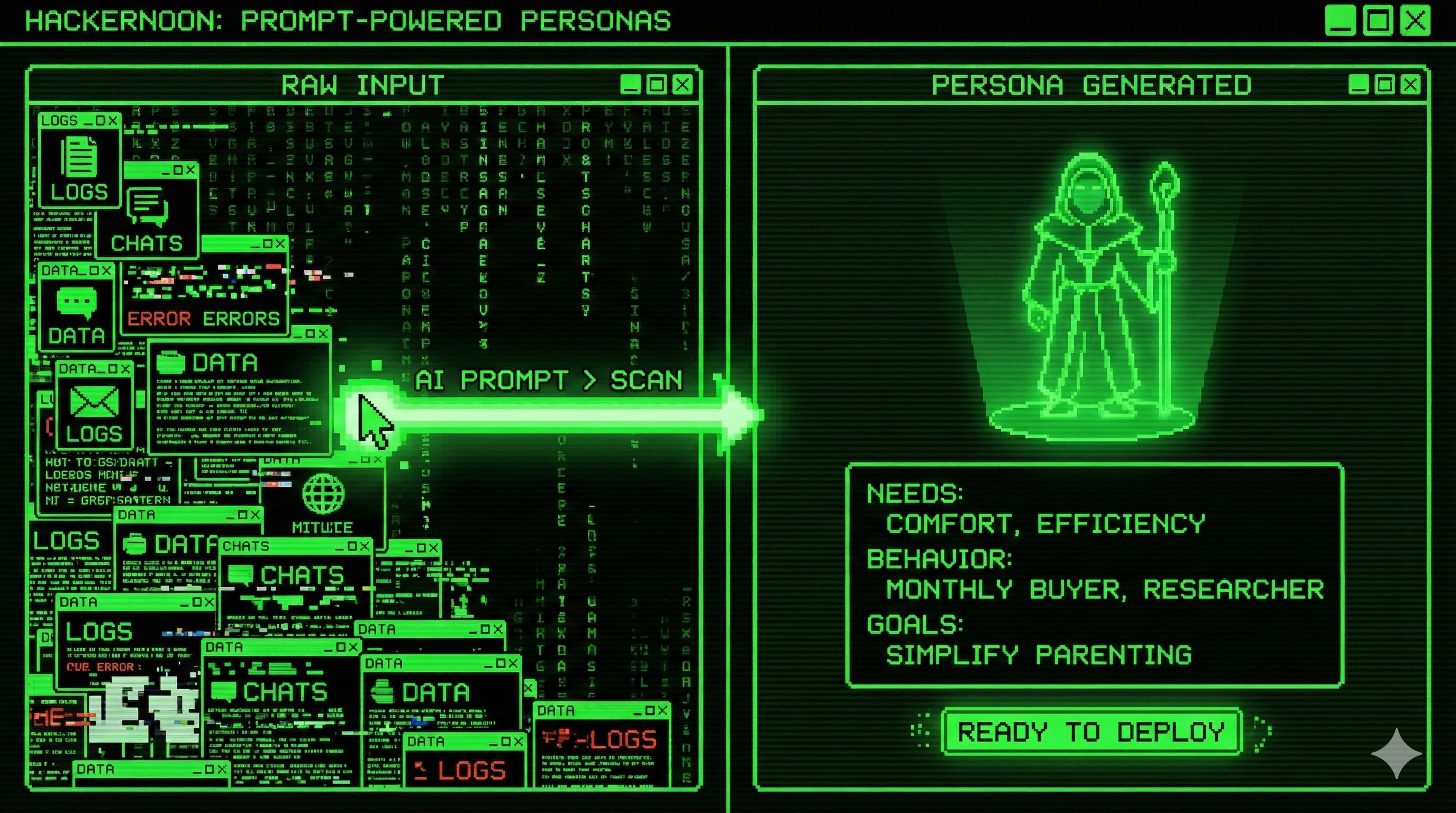It was just before Christmas in 2009 when Tom Kearney got hit by a bus.
He was walking back from his office in central London, excited to see his children, when a speeding bendy bus mirror smashed into the back of his head, causing a skull injury and pushing him in front of the bus. His head was cracked open and his lungs were burst.
The incident happened as Tom was waiting for the ‘green man’ to cross the road on the south east corner junction of Harewood Place and Holles Street in Oxford Circus. But just moments later, Tom found himself thrown down the street choking to death on his own blood.
He was tended to by a 16-year-old boy, Hamza Benkhadda, who had just completed his first aid training, before being rushed to hospital where he slipped into a coma – and where he had a near death experience (NDE).
Near death experiences are unequivocally fascinating. They are episodes of ‘disconnected consciousness’, which Dr Charlotte Martial, a neuroscientist with the Coma Science Group and the University of Liege, says relates to the fact that NDEs are a mental experience that has no connection to the physical environment.
She explains that people who tend to have NDEs are in life-threatening situations, like Tom, and that they can also come from other critical emergencies, like cardiac arrests.
Dr Martial explains the research she sees on NDEs have recurrent testimonies such as out of body experiences, seeing a bright light, meeting entities, or feeling a sense of harmony and unity. People often see visions of their loved ones, of being in tunnels, and seeing their life flash before their eyes.

What’s the science behind an NDE?
Dr Martial explains: ‘So we notably suggest that hypoxia would be the starting point of the cascade of specific neurochemical mechanisms.’ Hypoxia is where not enough oxygen reaches the cells.
Dr Martial and her team were the first to establish a link between features of the experience with a specific neuro chemical mechanism. She explains in a paper: ‘We list the neurotransmitter change that may lead to specific features, such as the visual hallucination, or the fact that they feel an intense feeling of peacefulness, or the dissociation that happened at that time.’ So, which chemicals are released?
‘We associate the serotonin energetic activity with visual hallucination.’ However, the team also found that the neurotransmitters dopamine, noradrenaline, GABA, glutamate and endorphins all play a part when someone is having an NDE – and that leads to the feelings of calm and peacefulness people often report experiencing.
However, there could also be a biological reason someone has an NDE. Dr Martial explains: ‘This may arise as a defense mechanism when people face a stressful or life-threatening or painful situation.’

So, what did Tom experience?
Tom told Metro that while he was in a coma he could hear the people around him, and even managed to recall the stories people told him. He said: ‘[My wife] proceeded to talk to me every day. She brought my friends in, my family visited everyone, and they all talked to me.
‘This is extremely important because the coma is a bit like you’re in an underwater submarine and you’re trying to steer yourself by sound. I was able to construct a thought world that existed in my coma, which was not deeply unpleasant. I went to lots of places in time. Now I have fully consolidated those memories as dream memories.’

Tom recalls seeing relatives who had died many years, and even decades, before. He said: ‘So I’m in Ireland. I’m at the house of my great grandfather and I saw my grandfather and my grandmother, and I waved to them.
‘I was surprised because my grandfather died at 44 and my grandmother died at 68 but they were alive and happy, and I was happy too. It was really great to see them. I saw my great uncle, who died in 1989. I was really pleased to see him, and I saw my great-grandfather who died in 1944.’
Tom says his family asked him: ‘“What are you doing here? You’re not supposed to be here.” And I said, “I think I was hit by a bus.” And he [his great-grandfather] says, ”Well, that’s not for you.” And I said, “What do you mean? That’s not for you?”’
Tom said that his great-grandfather replied: ‘“Getting hit by a bus is not for you. My son was sunk in the North Atlantic, and was two weeks in a lifeboat in World War One, and he survived. And his brother, who later died in India, was shot twice in one day and survived, so getting hit by a bus is not for you. You’re supposed to be back with your family. You’re back with your boys and back with your wife”.’
Tom realised that while his family were happy to see him, they recognised he had died and he shouldn’t ‘be there’. So, he was shown to a gate.
Can experts induce an NDE?
Speaking to Dr Charlotte Martial, Metro learnt that NDEs can be studied in the lab by syncope, a form of fainting. However, it is really important to do this in controlled conditions – and not to be tried at home.
This allows researchers to conduct experiments in controlled conditions to watch the brain during an NDE.
Psychedelics are also used to induce NDEs – again, this should be left to professionals. Dr Devin Terhune, from King’s College London, explains that some drugs can produce dissociative episodes, during which you may feel detached from your body.
There is also research that suggests meditation can lead to an NDE, with one study showing that meditation-induced near-death experiences were associated with altered perception of time and space, and the meditators also saw non-worldly realms or beings. The participants also said they retained control over these near-death experiences, and could decided when it began and ended.
After reaching the gate, Tom was transported somewhere else. He said: ‘So I go through the gate, and I end up in New York City. I’m in the kitchen of my in-laws.’
His mother-in-law was sitting at the table. He continues: ‘I was like “Oh, it’s so good to see you”, and she was like, “You’re not supposed to be here. You’re supposed to be with your wife and your boys, did something happen?” I said, “Yeah, I think I was hit by a bus” and she said, “No, no, no, no, you’re not supposed to be here. You’re supposed to leave. You’re not supposed to be here. Please go home”.’
When Tom left he found himself back in Ireland, this time with his cousin’s partner, who said the same thing. Tom recounts: ‘He had a towel out and books by him. And I went up to him, and he said, “Look, Tom you’re not supposed to be here”. And I said “But how are you?” And he said, “Look, I’m resting and I’m reading. Tell my partner I’m resting and reading, but you’re not supposed to be here”.’
Then Tom says he went towards a vine-covered door in the garden and woke up.
At this point, he had been in a coma for two weeks. As he had suffered from a brain haemorrhage and two collapsed lungs, he was given a tracheotomy which made talking impossible until the tube was removed in early January 2010.

Hallucinations vs NDEs
Hallucinations are not the same as an NDE. Dr Devin Terhune, a reader in Experimental Psychology from King’s College London, explains: ‘A hallucination is typically just defined as some type of perceptual state in the absence of a corresponding sensory stimulus or sensory input.’
Essentially, people can have hallucinations without being in a state that’s near death. It can be triggered with psychedelics or it can be a result of a brain disorder, and Dr Terhune explains that most people have had a hallucination in one way or another.
He said: ‘The good way to think about it is that hallucinations can be just seen as one element of the broader complex near death experience.
‘Most hallucinations are, particularly in non-clinical populations, not going to be anywhere near as complex and advanced as what you see in a near death experience.’
Read more NDE experiences
Positive vs negative
Most research uncovers positive NDEs – but people can have negative ones too. These are often traumatic, and while many people come back from an NDE having a new sense of purpose, others can come back scarred.
Researchers don’t know why this happens. Dr Martial explains: ‘For me, the most intriguing are the negative experiences.
‘Testimonies often describe terrifying scenes, such as encountering monstrous beings or worlds of fire, yet these phenomena remain poorly understood and largely unexplored in the scientific literature.’

What happened to Tom next?
As for Tom, he’s walking and talking just fine now – after needing to teach himself how to eat and drink again as the injury damaged his vagus nerve.
He is campaigning for safer roads in London in a mission to reduce the number of people killed or seriously injured in London streets.
He spends his free time writing to parliament to address, what he says, is a system that kills and hospitalises people.
Lorna Murphy, TfL’s Director of Buses, told Metro: ‘Our thoughts remain with everyone affected by incidents on the bus network. It is completely unacceptable that anyone should be killed or seriously injured while travelling and we remain committed to our Vision Zero goal of eradicating death and serious injury from London’s roads and the bus network.
‘We are working alongside all bus operators, manufacturers and the boroughs to make the network safer through our comprehensive and world-leading bus safety programme. This is delivering major safety improvements across our fleet, our roads and the wider bus network and we remain committed to learning from every collision to end the trauma caused by serious incidents.’
MORE: ‘World’s first’ shark threesome caught on camera by excited scientists
MORE: Mum of baby who died in hospital says staff ‘didn’t take her concerns seriously’
MORE: Trump claims the Amish ‘have no autism’ in rambling speech about vaccines









